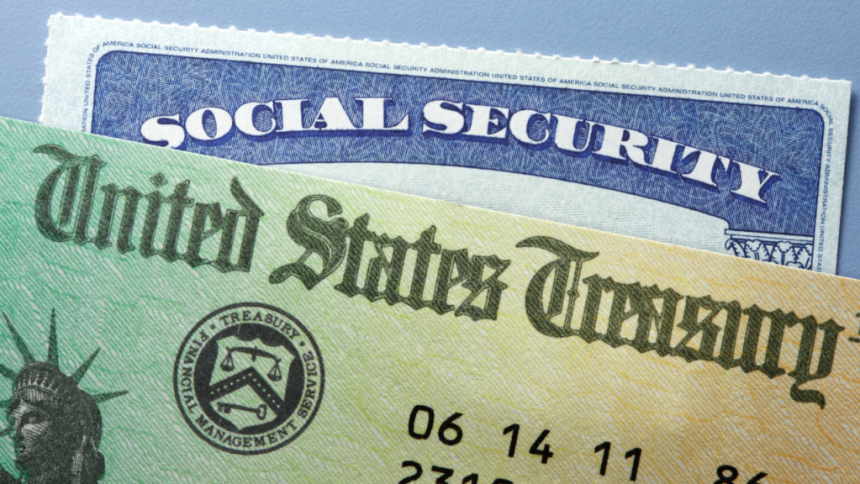“Seniors should not pay tax on Social Security,” President-elect Donald Trump said on social media during his campaign in July.
Currently, some people who collect Social Security owe income tax on a portion of their benefits. Trump’s plans to eliminate taxes on Social Security benefits sparked much discussion, and some strong opposition.
Many financial experts say that ending taxes on Social Security would worsen an already fragile program. Even before such cuts, the system’s trust funds are expected to run out of money by 2034, according to estimates by the Congressional Budget Office (CBO).
Will Trump be able to keep his promise to cut taxes, given that doing so would further jeopardize the future of Social Security? Here’s what you need to know about Trump’s plan to eliminate taxes on Social Security benefits.
Trump’s tax plan would benefit some, but not all
Not everyone would benefit from a policy to cut Social Security taxes.
Any plans to eliminate taxes on Social Security benefits would primarily help those beneficiaries who earn between $63,000 and $200,000, according to the Tax Policy Center. Under current law, those who have a low to modest income aren’t typically required to pay taxes on Social Security benefits.
Beneficiaries whose Social Security benefits are taxed usually have other significant income sources, such as wages or other types of income reported on their tax return. The IRS looks at beneficiaries’ combined income — defined as half of their Social Security benefits plus nontaxable interest plus some other income — to determine if income tax will be owed.
For 2024, if you’re a single tax filer with combined income between $25,000 and $34,000, you may owe income tax on up to half of your benefits. If your combined income tops $34,000, you may owe income tax on up to 85% of your benefits. For married filing jointly filers, if you have combined income of $32,000 to $44,000, you may owe income tax on up to half of your benefits, and if your combined income exceeds $44,000, you can expect to pay income tax on up to 85 percent of your benefits.
About 40 percent of recipients pay taxes on Social Security benefits, according to the Social Security Administration.
The impact of tax cuts on Social Security
Experts say eliminating taxes on Social Security benefits would raise major concerns about the program itself.
Today’s Social Security program has two components: Old-Age and Survivors Insurance (OASI) and Disability Insurance (DI). The OASI is for retired workers, their qualified dependents and some survivors, whereas the DI program benefits disabled workers and their qualified dependents.
The program is funded by payroll taxes and income taxes on benefits. While working individuals (including self-employed people) and employers pay payroll taxes, Social Security recipients pay taxes on benefits received.
The revenue from taxing up to 50 percent of benefits is dedicated to the OASDI trust fund, says Garret Watson, a senior policy analyst and modeling manager at the Tax Foundation. The remainder goes to the Medicare Hospital Insurance trust fund.
According to the Tax Foundation, Trump’s proposed tax cut would reduce tax revenue by about $1.4 trillion from 2025 to 2034, measured on a conventional basis.
“This means that exempting benefits from income tax would reduce revenue collections for Medicare and Social Security, which speeds up the insolvency date for both programs,” Watson says.
Bottomline
Trump’s proposal to cut Social Security taxes highlights the ongoing debate about the program’s complexities. While some recipients could benefit from tax-free benefits, eliminating taxes could further accelerate the program’s insolvency, which would impact millions of Americans.
Watson argues that instead of eliminating taxes on Social Security, a more sound policy would be to adjust the income tax thresholds annually for inflation. He says doing so provides a sensible reform if paired with an appropriate offset for lost revenue.
Read the full article here
















